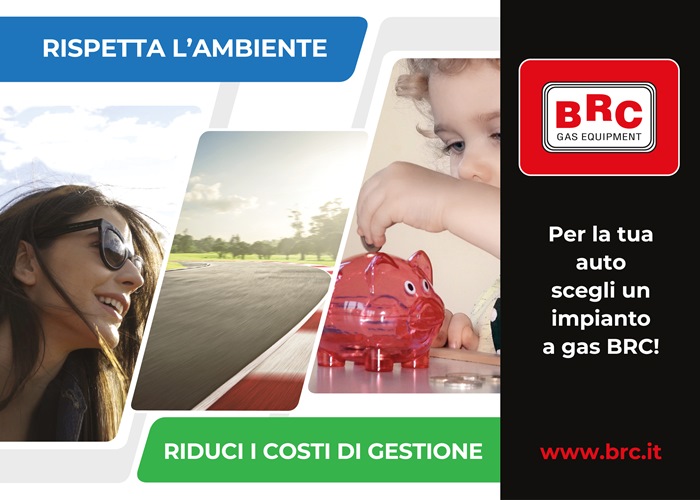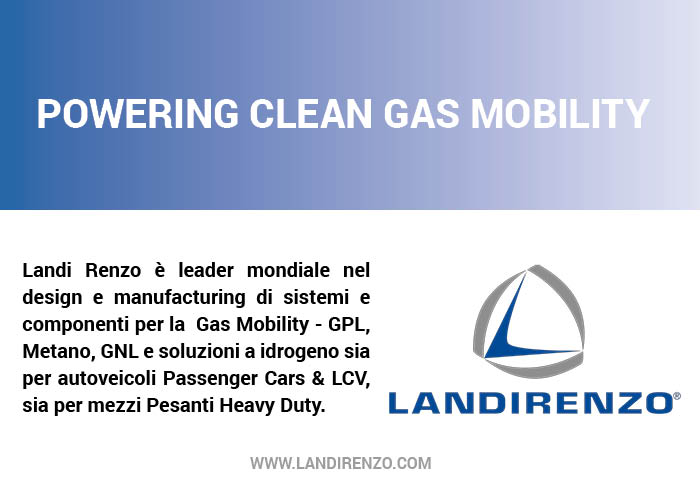Globally, there is an increased attention dedicated to energy and environmental policies, not only due to climatic and environmental emergencies but also because of the need to create a balanced and sustainable energy mix.
LPG, together with natural gas, is resource of primary importance. Its’ potential usage and employment challenges which face LPG in the future are the main topics of several important international meetings such as the AEGPL Congress, promoted by the European Association of the LPG industry taking place in Lisbon on June 21st and 22nd, 2017. The 30th World LPG Forum, under the patronage of the World Association will take place in Marrakesh from October 3rd til the 5th, 2017. We asked a few questions to Mr. James Rockall, CEO of the World LPG Association (WLPGA) in order to have a general picture of the current situation, which unites more than 200 public and private companies that work in over 120 countries in the LPG field.
https://ecomobile.it/index.php/en/news/157-persone-en/1503-lpg-a-great-opportunity-for-the-environment-and-energetic-policies#sigProId948f916356
Air pollution remains the single largest environmental health hazard in Europe (and not only). How can LPG contribute?
Autogas is the most commonly used and accepted alternative fuel in the world today with over 25 million Autogas vehicles in use globally. The primary reason why governments in many countries actively encourage the use of Autogas is its positive impact on the environment. Autogas outperforms gasoline and diesel as well as some other alternative fuels in the majority of studies comparing environmental performance that have been conducted around the world. Autogas emissions are especially low with respect to noxious pollutants as well as particles. With respect to greenhouse-gas emissions, Autogas performs better than gasoline and, according to some studies, out-performs diesel, when emissions are measured on a full fuel-cycle basis. The contribution of Autogas in combatting air pollution is clear. Displacing traditionally-fuelled vehicles with LPG will reduce the level of key pollutants that are linked to poor health. In addition, Autogas technology is well-developed and the infrastructure costs are low making it a very compelling option for governments.
The European Union and national governments are adopting policies increasing the share of renewables in their energy mix. How can the LPG industry benefit from increasing its renewable capability?
Today the majority of LPG consumed in the world has a fossil origin. But even before we talk about renewables it important to first recognise that there are many types of fossil fuel and gaseous fuels such as LPG are generally accepted as being far more acceptable. However, in a world that strives for greater and greater improvement in environmental performance and sustainability, having a renewable element to our product can only further improve LPG’s emissions and sustainability. It is also important that policy makers and consumers recognise that LPG also has a renewable future. Bio-LPG is now being produced in Europe. It is identical to conventional LPG and can be blended and used by all existing appliances suitable for use with LPG. This is very important because LPG is unique. It can be transported as a liquid and used as a gas, so therefore, independent of its source, it is highly valuable as a low emissions fuel.
A number of markets in Europe and in other regions of the world have seen an unprecedented increase in Autogas use in recent years. What are the drivers for this growth?
The principle driver for Autogas growth is government policy. Originating from a desire to reduce pollution in cities, governments have also recognised the decarbonisation benefits of Autogas, particularly compared to gasoline. Fiscal benefits attributed to Autogas can be seen as calculated investments by governments to efficiently and effectively improve air pollution and reduce carbon emissions. The result for the consumer is a fuel that can be as much as half the price of traditional fuels. From the consumer perspective price is a key driver but it is also important to recognise a number of other factors. When purchasing an alternative fuel vehicle, consumers want to have a reliable product, supported by OEMs with a large number of models available. It is also important that the refuelling infrastructure is well established – something that for Autogas is very much the case in many European countries.
How is LPG saving money and preserving the environment at the same time?
From a simplistic point of view, lower pump prices means consumers pay less for Autogas compared to traditional fuels and the overwhelming evidence shows that this provides an environmental benefit; thus they save money and contribute to preserving the environment. However, to fully appreciate the relationship between price and environmental benefits, it is necessary to understand the decision of governments in providing fiscal incentives. A reduced tax on Autogas, in comparison to traditional fuels, is a way of reducing the negative environmental impacts, or the external costs on the environment of traditional fuels. The principle of this market-based approach is that the effective market price of the activity that gives rise to an environmental externality should be adjusted through the application of a tax and/or subsidy large enough to reflect the value or cost of that externality. Once the framework is in place, consumers are free to choose and generally they choose the lower cost option. In this system, any reduction in tax revenue is more than offset by reduced external costs of pollution from traditional fuels.
What is the role of LPG in energy policy today?
There are many alternative fuels, some established and some rather further from full commercialisation due to intrinsically high costs. LPG is one of the most important options open to governments today because it is proven, it is available and it can be implemented extremely quickly allowing a rapid improvement in air quality. Policies to encourage the use of LPG are not limited to taxation as described above. The recognition of LPG as a clean fuel in the context of congestion zone charges or the waiver applied to LPG vehicles in periods of temporary banning orders applied to vehicles in some cities, are important incentives for consumers and fleets to purchase vehicles fuelled by LPG. Finally the adoption of pro-LPG policies does not prevent governments from pursuing parallel policies for other fuels and therefore there can only be positive outcomes from the adoption of a pro-LPG policy. Fortunately many governments already recognise this. Those that do not can be seen as having an, as yet, unrealised opportunity to make a simple but effective contribution to cleaning our air.






















